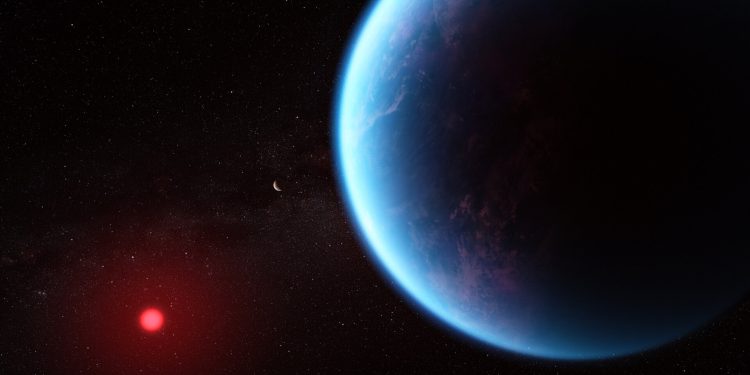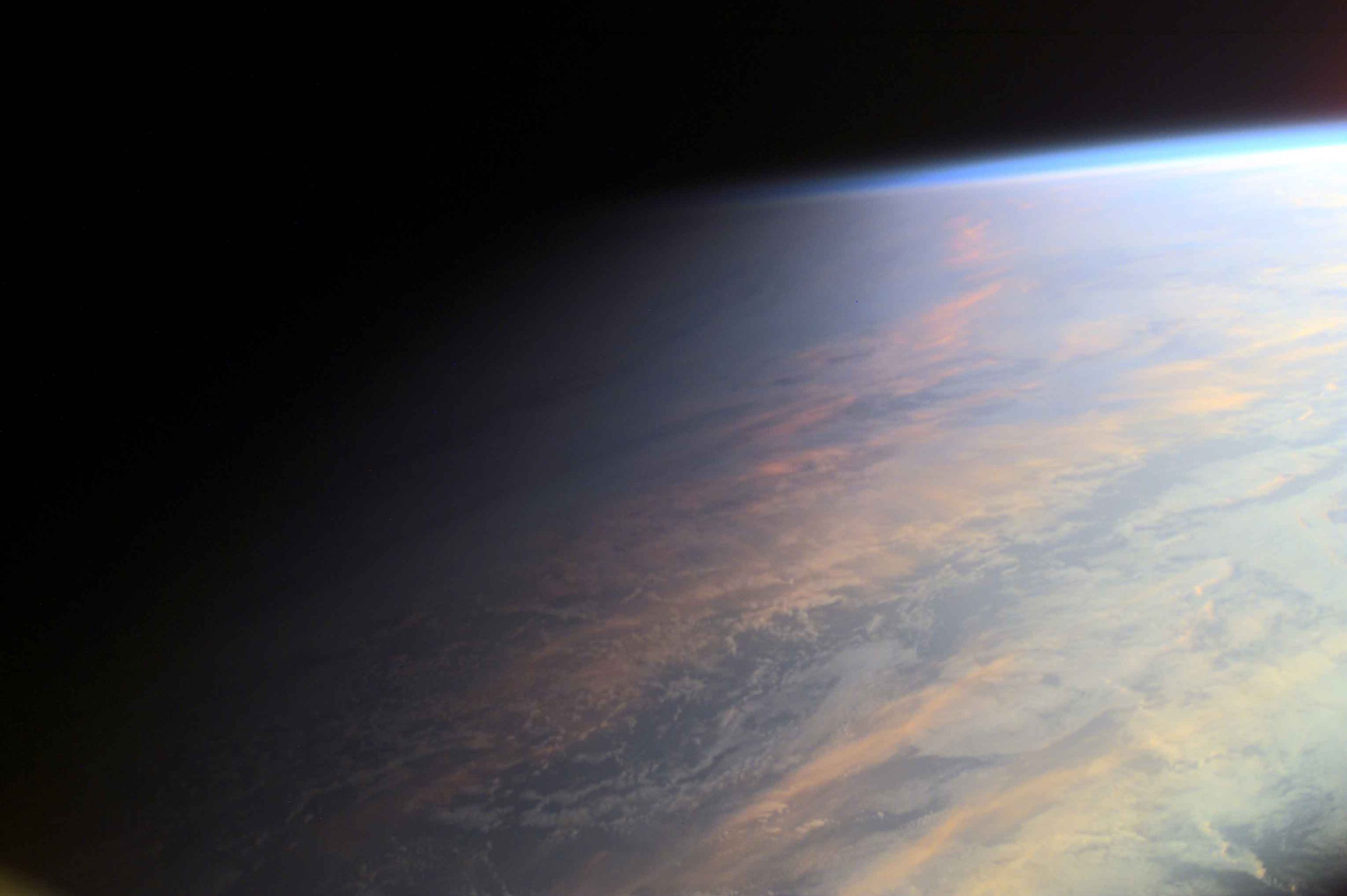I’ve found myself, more times than I can count, debating—sometimes willingly, sometimes not—with people who believe that the Earth isn’t round or that the Apollo moon landings were a hoax. Despite overwhelming evidence confirming that the Earth is indeed round and that the moon landings did happen, these debates persist. But let’s step back for a moment. At first glance, we often picture planets as perfectly round, like marbles suspended in the vastness of space. Earth, with its smooth curve from horizon to horizon, certainly fits this image. But what about other planets? Could there be worlds that don’t fit the spherical mold?
As LiveScience explains, to be classified as a planet, an object must meet several criteria, including having enough mass to generate the gravitational pull required to form a nearly spherical shape. “One of the specifications for being a planet is that they have enough mass that makes them round,” says Susana Barros, a senior researcher at the Institute of Astrophysics and Space Sciences in Portugal.
This gravitational pull acts as a cosmic sculptor, smoothing out the rough edges of planetary bodies and shaping them into generally round forms. However, that doesn’t mean all planets are perfect spheres.
Why Earth Isn’t a Perfect Sphere
In reality, no planet is a flawless sphere. Amirhossein Bagheri, a researcher in planetary science and geophysics at the California Institute of Technology, explains, “We call them round, but they’re not really perfectly round, including our own Earth.”
Due to the Earth’s rotation, a slight bulge forms around the equator. This bulge results from centrifugal force—the outward force experienced by any rotating object. On Earth, this bulge causes objects at the equator to weigh about 0.5% less than they would at the poles. The difference might be small, but it’s a clear sign that Earth’s shape is not as perfect as it seems.
The Impact of Rapid Rotation on Planets
In some cases, the effect of rotation can lead to even more dramatic distortions. For planets that spin at high speeds, the centrifugal force can cause their poles to flatten out significantly, creating a squashed, football-like shape. This phenomenon occurs because the faster a planet spins, the more it pulls outward at the equator, leading to a noticeable flattening.
Centrifugal force isn’t the only factor that can influence a planet’s shape. If a planet orbits too close to its host star, the immense gravitational forces can elongate it. An example of this is the exoplanet WASP-103 b, a gas giant that’s roughly twice the size of Jupiter. WASP-103 b orbits a star nearly double the size of the sun and does so from an extremely close distance. This proximity distorts its shape due to the intense gravitational pull of the star.
“There’s a balance between the force of the gas that wants to expand the planet and the strength of the gravitational attraction,” explains Barros. As a result, WASP-103 b has a tear-drop-like shape, with one side facing the star more prominently.
Tidal Locking and Planetary Rotation
Over time, gravitational forces can also affect a planet’s rotation. For example, if a planet with an elongated bulge continues to spin, the bulge would move as the planet rotates. However, this constant movement uses significant energy. To conserve energy, planets like WASP-103 b often become tidally locked, meaning the same side always faces the star—similar to how the moon is tidally locked with Earth.
Additionally, because WASP-103 b orbits its star so quickly, its poles are flattened, creating an even more extreme version of the football-like shape observed in some fast-spinning planets.
Theoretical Shapes
While spherical planets with varying degrees of flattening are common, some scientists have speculated about the possibility of a toroidal, or doughnut-shaped, planet. Such a planet could theoretically form if it rotated fast enough that centrifugal force overcame the gravity pulling the planet’s mass inward.
Despite this intriguing possibility, no such planet has ever been observed. As Bagheri puts it, “It’s more science fiction than science.”
Though most planets are round by definition, their actual shapes can vary significantly depending on several factors, such as rotation speed and gravitational forces. From squashed football-like planets to the hypothetical toroidal shapes of science fiction, the universe continues to surprise us with the many ways planetary bodies defy our expectations.











